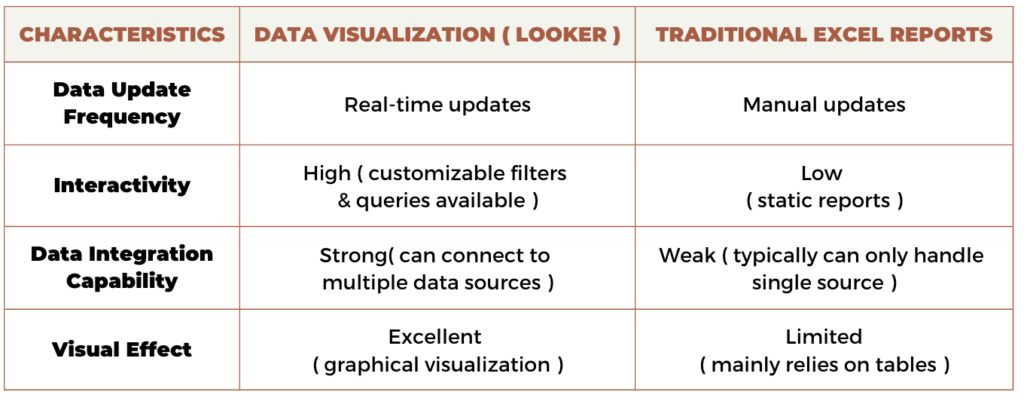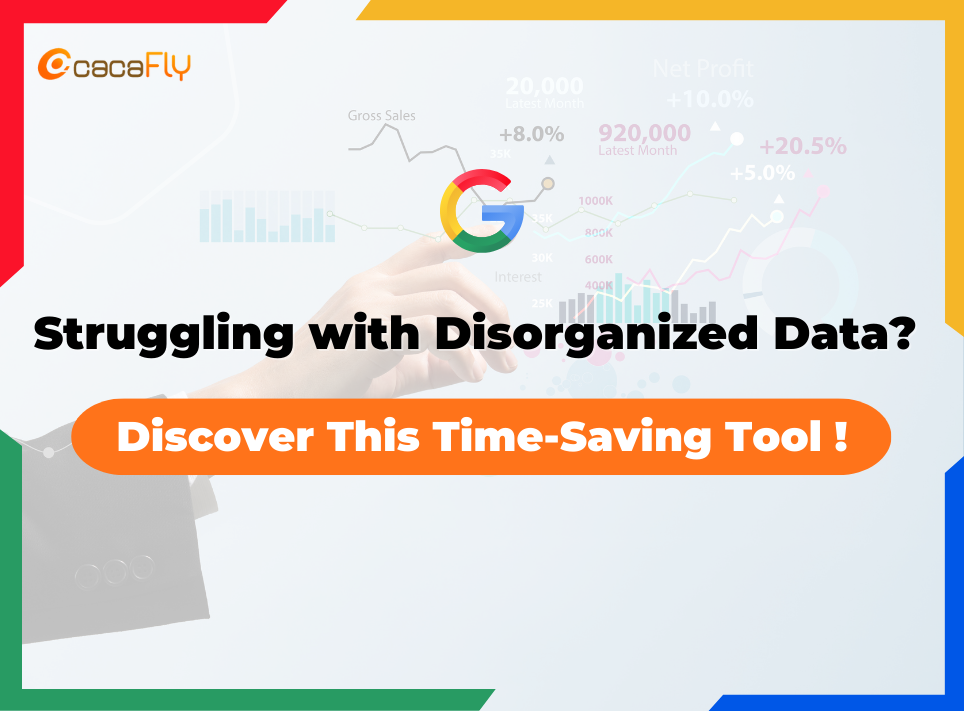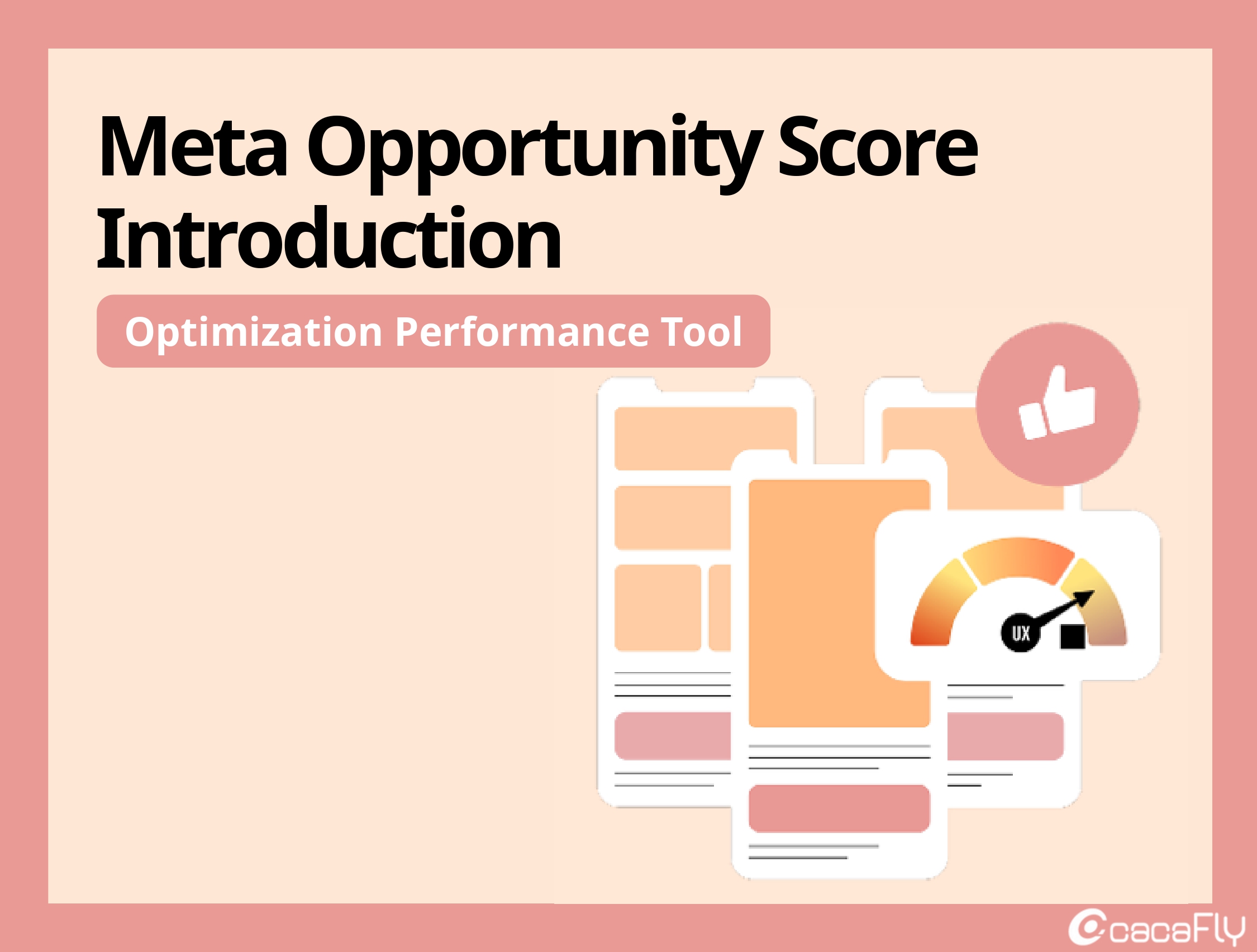In today’s data-driven business environment, companies face unprecedented challenges. As the volume of data grows exponentially, effectively managing and utilizing this data has become key to business success. However, many organizations struggle with fragmented data and the efficiency losses caused by lengthy data processing times. This article will delve into these pain points and introduce a revolutionary tool that can completely transform how businesses manage their data!
Pain Points of Fragmented Data and Processing Efficiency
1. Time-Consuming Data Processing Workflows
The efficiency issues inherent in traditional data processing models have become a significant obstacle to business operations. Data analysts often spend considerable time on tedious foundational tasks, with manual data extraction from multiple systems typically taking 30 to 60 minutes. Following this, the time-consuming data cleaning and formatting processes can take 2 to 3 hours. Creating pivot tables and charts is also extremely time-intensive, generally requiring another 1 to 2 hours. Finally, to ensure the accuracy of reports, analysts need to spend an extra 1 to 2 hours on data verification. As a result, producing a complete analysis report can often take an entire workday, severely slowing down decision-making speed and market responsiveness.
2. Cross-Departmental Data Silos
In modern enterprises, different departments often use various systems to manage their data, leading to the so-called “data silo” problem. For example, the marketing department may use a CRM system to track customer information, while the finance department relies on accounting software for financial data, and customer service has its support system. When companies need to create comprehensive cross-departmental reports, they must invest significant workforce and time to consolidate this fragmented data. The need for repeated communication and verification between departments not only extends report preparation time but also increases the likelihood of data inconsistencies. This inefficient data processing approach can cause businesses to miss valuable opportunities when quick decisions are needed and can compromise decision-making accuracy.
3. Limitations of Static Reports
Many companies still rely on traditional Excel reports to track business performance. This way is increasingly outdated in today’s fast-changing market environment. Such reports only provide a snapshot of data at a specific time, lacking real-time updates and interactivity for users. Each time data needs updating, responsible colleagues must repeat cumbersome manual operations, wasting significant time and preventing skilled analysts from focusing on more valuable in-depth analysis. In a rapidly changing market landscape, businesses require real-time data for decision-making; however, traditional reports often fail to reflect the latest conditions promptly, leaving decision-makers with incomplete information and causing them to miss optimal opportunities.
4. Delays in Data Updates
As businesses expand, they face challenges related to timely updates and analysis of vast amounts of data. Long processing times lead to delays in updates that have become major pain points for business operations. By the time analysts complete their data processing and report creation, the information may already be outdated and unable to reflect current market conditions accurately. In a fast-paced business environment, such delays can result in missed critical market opportunities and weaken competitive advantages. Particularly in situations requiring rapid decision-making, outdated data can lead to misinformed choices and unnecessary losses.
5. Inefficient Use of Workforce
A significant number of highly skilled data analysts find themselves trapped in inefficient data processing tasks, leading to concerning waste of human resources. Their time is primarily spent on repetitive data collection, tedious formatting conversions, and basic report generation tasks rather than leveraging their data analysis and insights expertise. This not only diminishes analysts’ motivation but also prevents businesses from fully utilizing these talents for more valuable business insights. In the long run, this situation limits companies’ capabilities in making data-driven decisions and affects overall competitiveness.
In today’s fiercely competitive market environment, businesses need more than ever to rely on data to predict customer needs and market trends. However, many companies find that traditional data processing methods cannot keep pace with market demands, while competitors already use data for precise decision-making. Those still bogged down by fundamental data issues risk falling behind. Thus, finding an effective solution for integrating and analyzing data has become an urgent priority for many organizations.
Many companies are turning to modern data analytics platforms like Google Looker. Designed specifically to help businesses handle complex data needs, Looker can seamlessly integrate data from various systems and transform it into clear and comprehensible visual reports. Through its interactive dashboards, users can freely adjust analytical perspectives based on their needs and quickly identify key information. Most importantly, all data is updated in real-time, ensuring decision-makers are always equipped with the latest insights!
This immediacy and flexibility enable businesses to respond more agilely to market changes. For instance, when sales teams need to understand the performance of a particular product line, they can instantly access relevant data without waiting for weekly or monthly reports. When management needs to make strategic adjustments based on the latest market feedback, they can do so swiftly.
In terms of key functionalities, Looker offers three core advantages:
– Data Integration: Comprehensive data integration capabilities that connect various databases and applications.
– Interactive Dashboards: Users can customize dashboards to visually present key metrics, making complex data intuitive and easy to understand.
– Real-Time Insights: Instant data updates help businesses access the latest information quickly and respond swiftly to market changes.
Data Visualization vs. Traditional Excel Reports
To better understand how Looker addresses the challenges mentioned above, we can compare it to traditional Excel reports. Here are some key differences between the two :

Conclusion
The series of challenges posed by fragmented data not only affects internal operational efficiency but also limits competitiveness in the market. In such a fast-paced and highly competitive environment, effectively integrating and analyzing data is crucial. As a powerful tool, Google Looker can help businesses overcome these pain points, enhancing decision-making efficiency and accuracy.
If your business also faces challenges related to fragmented data or analytical difficulties, consider implementing Looker to optimize your data processing workflows. This tool will better equip you to grasp business dynamics and maintain a competitive edge in an ever-changing market!
Struggling with Brand Development and Marketing?
Reach out to us, and let the professional consultancy team at cacaFly to collaborate with you in creating a brighter future!
Email: [email protected]
Mobile: 017-7486433
cacaFly Malaysia is always at the forefront of digital marketing and committed to being the most reliable partner of our clients, priding ourselves in offering premium services with utmost enthusiasm and professionalism. Specializing in serving brand and performance oriented clients, our one-stop digital marketing services ranges from early research, mid-term advertising, MarTech application and creative production to data analysis and strategy optimization, cacaFly Malaysia has assisted countless brands and online merchant improve their performance and expand their businesses. If you need help with digital marketing strategy, ad placements etc., contact us now! PM us on cacaFly Malaysia Facebook or email us at [email protected]





